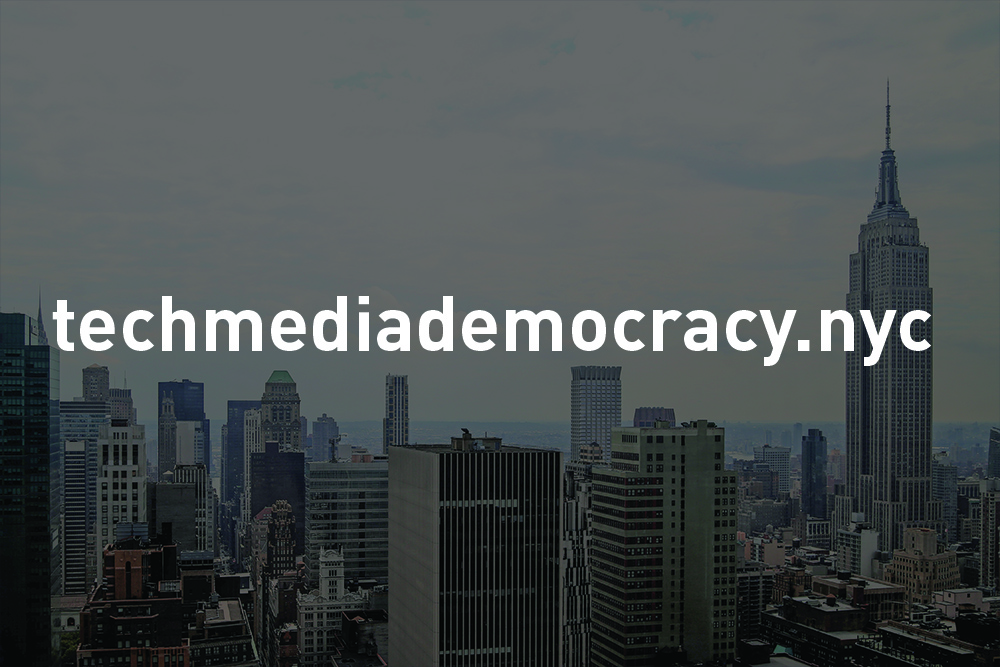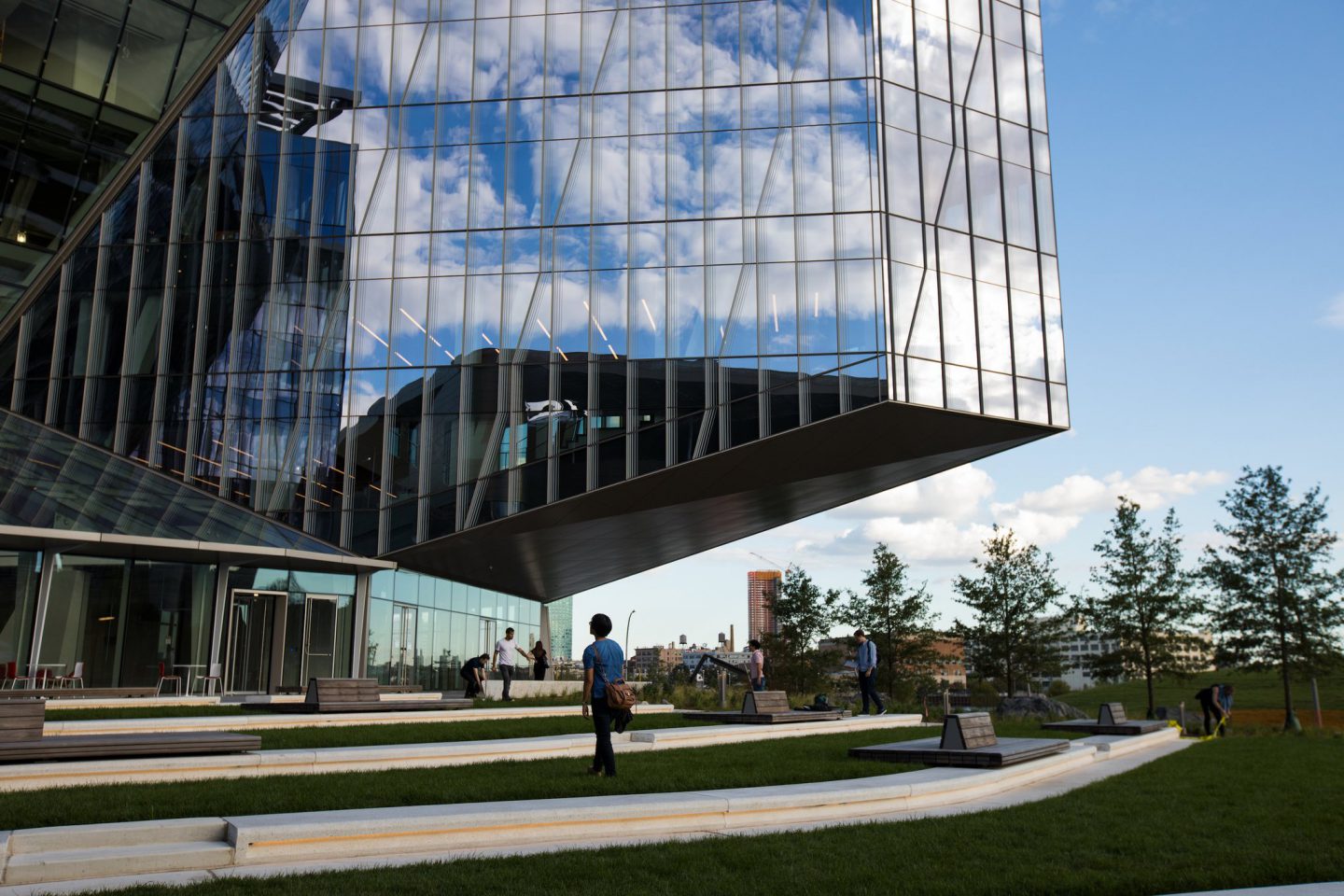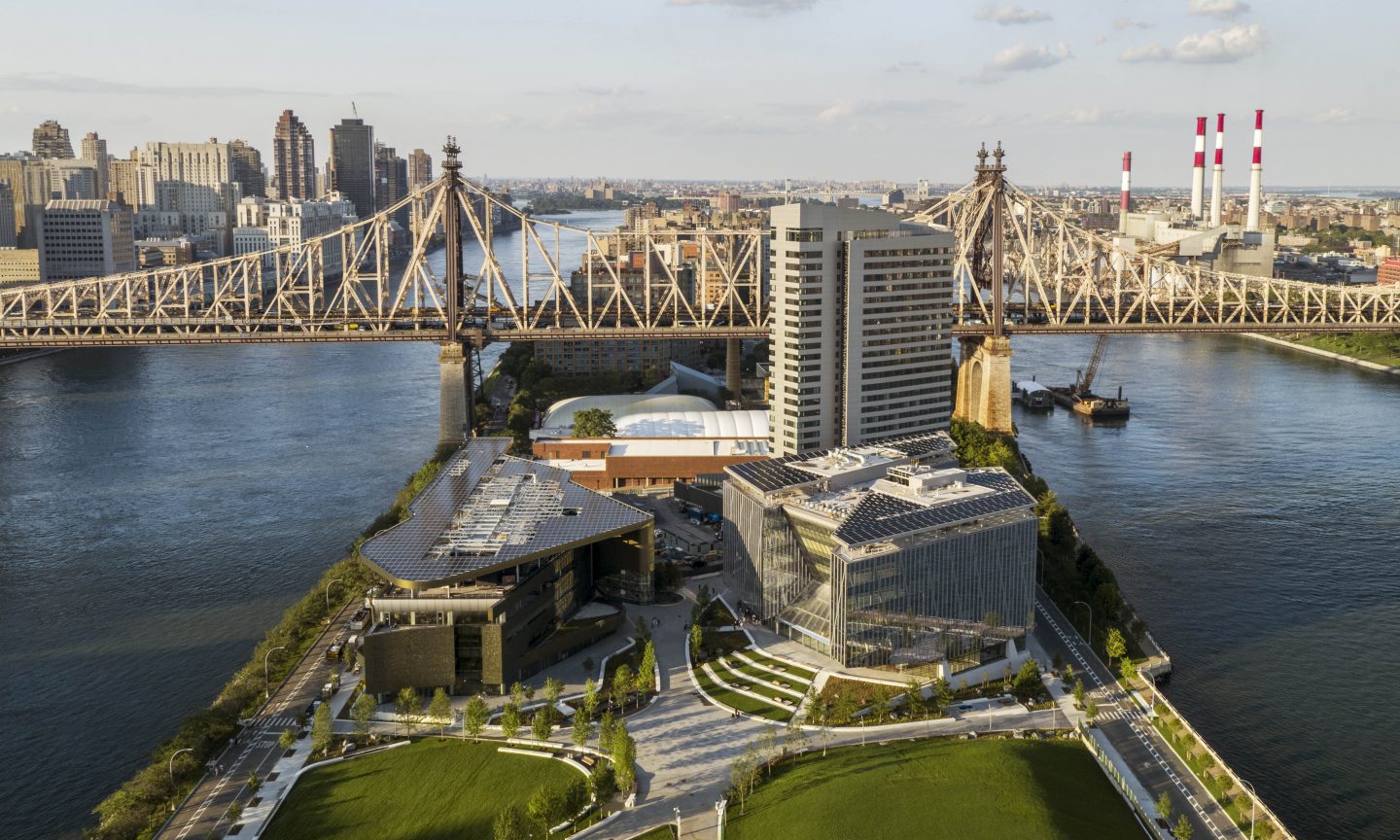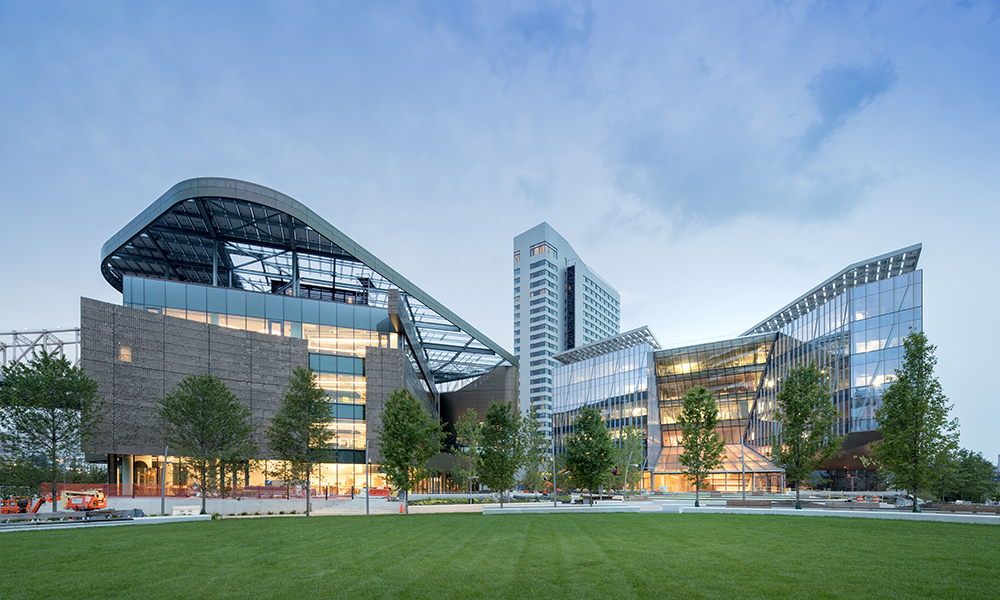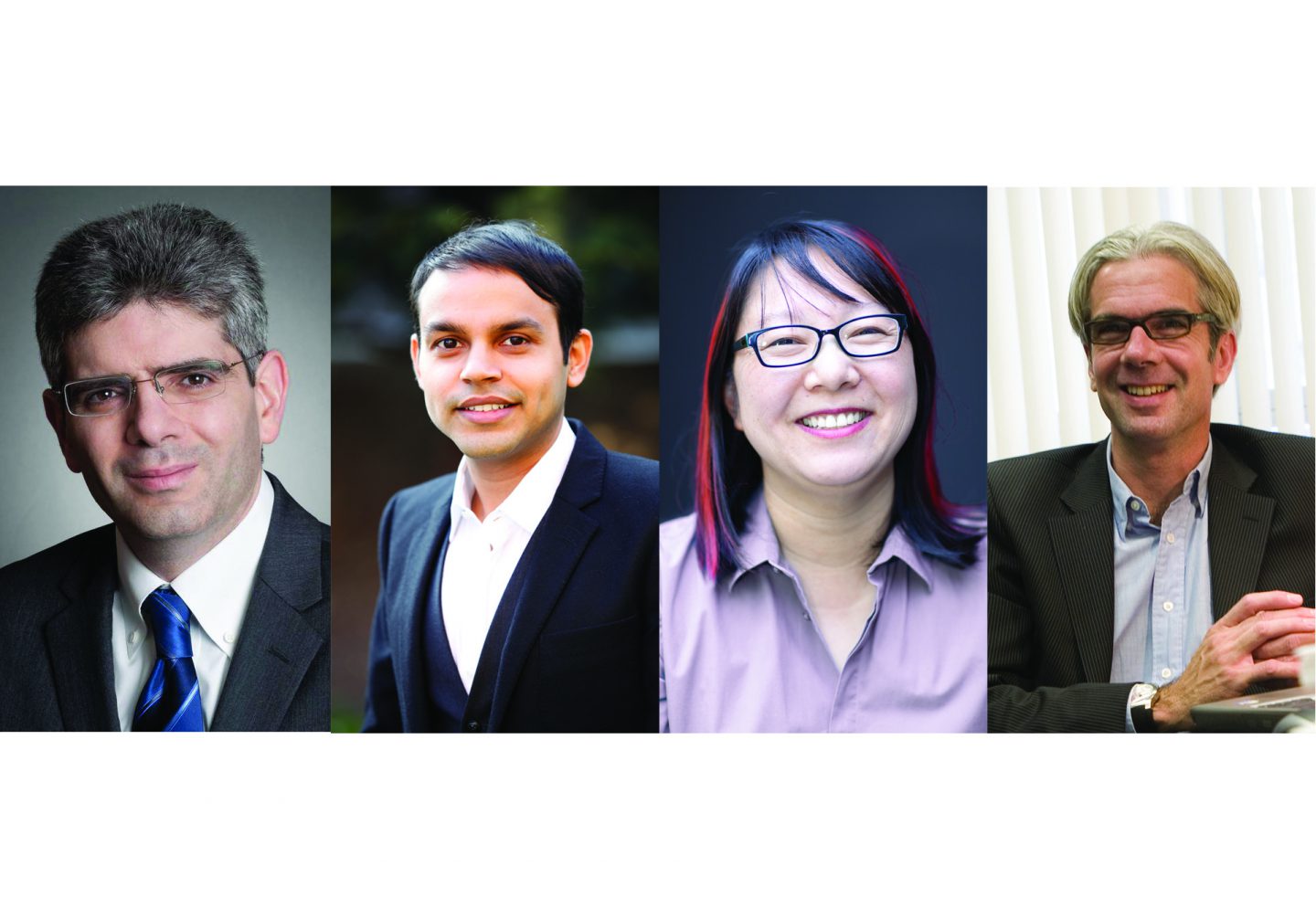Author: barreladmin
September 13, 2017
High Tech and High Design, Cornell’s Roosevelt Island Campus Opens
September 13, 2017
This is Cornell Tech
September 11, 2017
Neafseys Fund Cornell Tech’s Top Academic Post
July 31, 2017
Four World-Class Professors Join Cornell Tech Faculty
August 2, 2017
